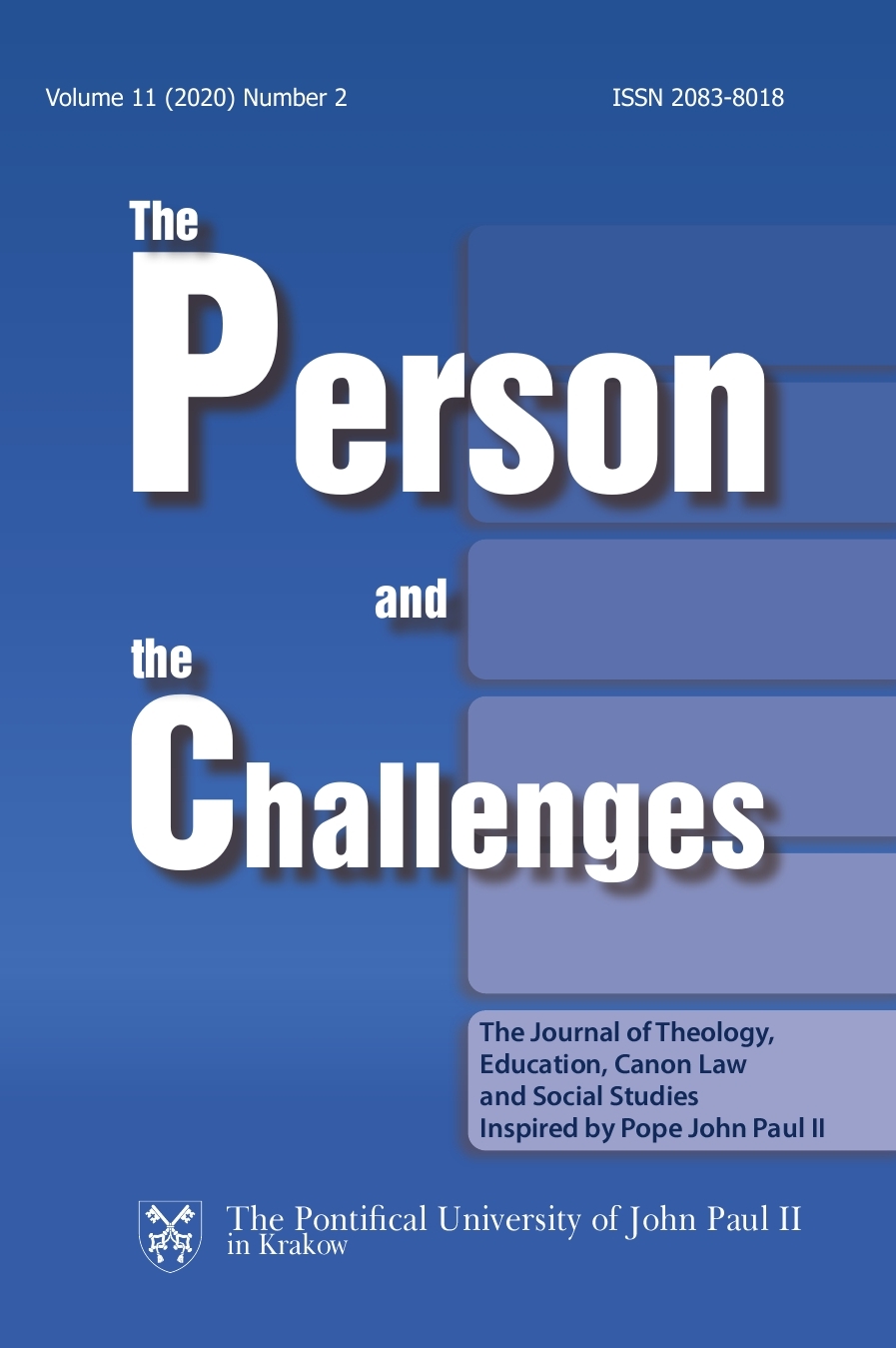The Process of Creating a Digital Communication Model for the Vatican
The Process of Creating a Digital Communication Model for the Vatican
Author(s): Józef KlochSubject(s): Christian Theology and Religion
Published by: Wydawnictwo Naukowe Uniwersytetu Papieskiego Jana Pawła II w Krakowie
Keywords: Digital communication; Internet; IT; social communication; social studies; Vatican;
Summary/Abstract: In 1978, in the Holy See, all communication took place thanks to the analogue technology of text, sound and image recording. In the following years, the progress in computer science, made it possible to save any kind of data in the form of digital recording, so that one could collect data and transfer it to any place in an instant. Digitalization also allowed the Vatican to create a new model of communication with the modern world. This model was first based on the capabilities of computer networks and then on the Internet. It was first tested by the Holy See in Latin America. The experience of the Latin American Church’s Computer Network (RIIAL) was transferred to the Vatican, and then developed and proposed by John Paul II to the entire Universal Church. This model of digital communication would not have been possible without collaborators such as John Patrick Foley, Judith Zoebelein, Joaquin Navarro-Valls and a group of lay Catholics and clergy from Latin America. It was thanks to them that the Holy See began to communicate digitally through the World Wide Web and to use e-mail in a relatively short time since their invention. The present analysis concerns the creation of a digital model of communication during the pontificate of John Paul II (1978–2005).The inclusion of social media in the communication model of the Vatican, took place during the successors of the Pope from Poland.
- Issue Year: 11/2021
- Issue No: 1
- Page Range: 103-121
- Page Count: 19
- Language: English

